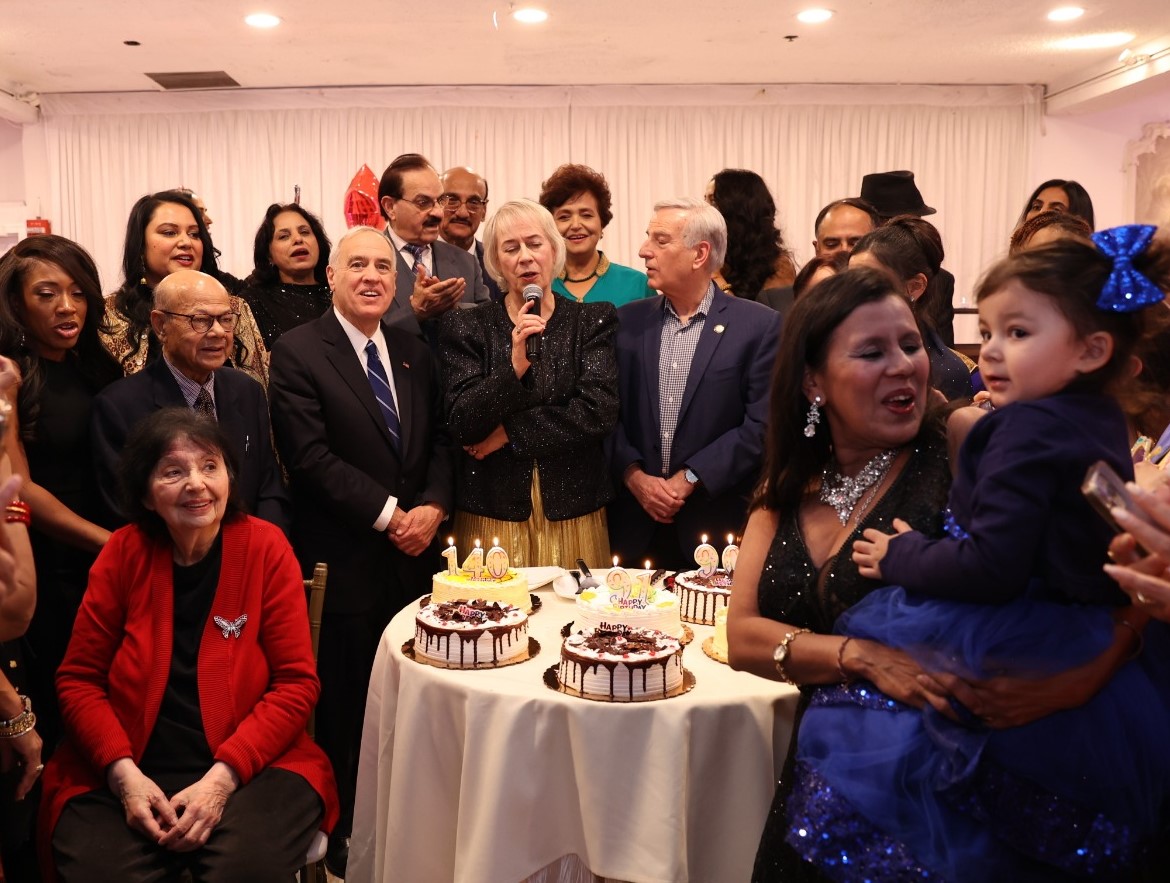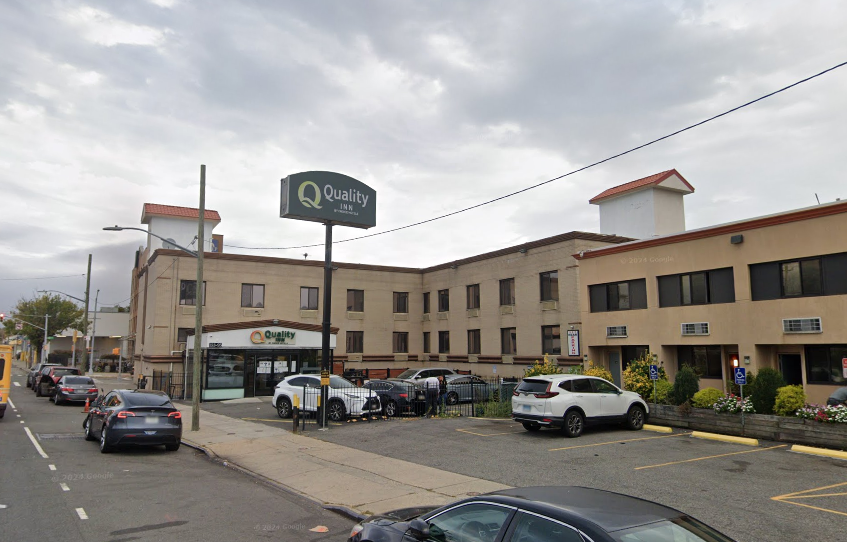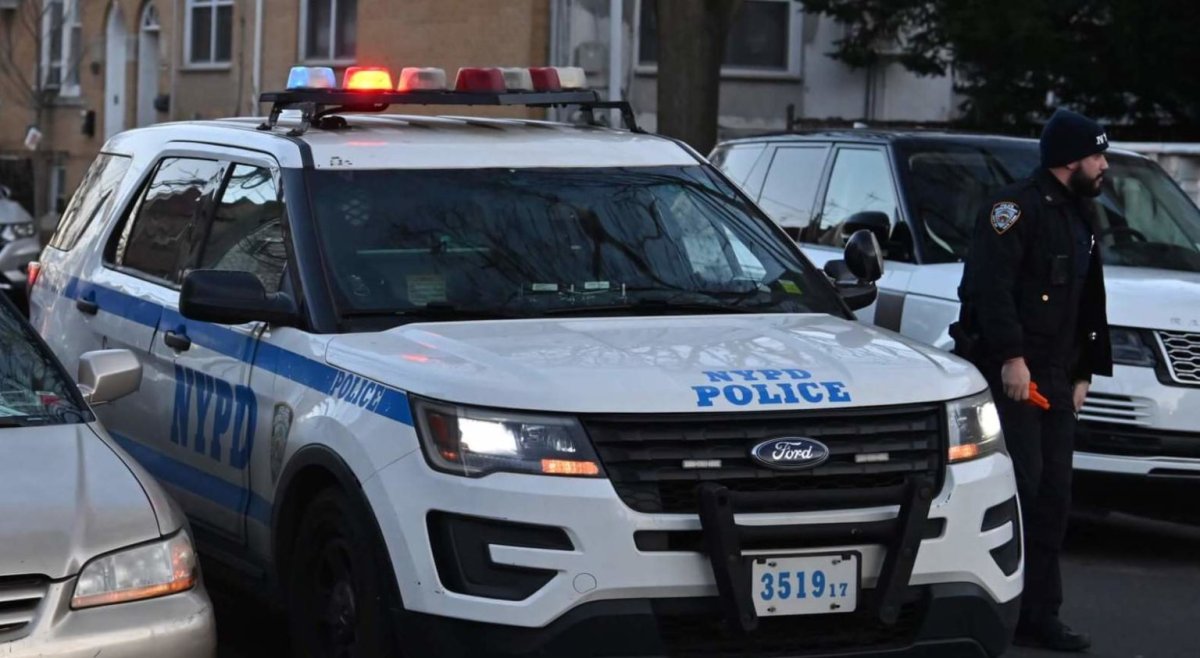By Davida Singer
Reader Services
Join our forums | Email our editor | Report Distribution Problems
Read our previous issues
Volume 73, Number 22 | October 1 – 7, 2003
THEATER
“To My Chagrin”
P.S. 122 150 1st Ave
Oct. 2-26, Thurs-Sat at 7:30; Sun at 5.
212 477-5288
Grandmother focuses on racism
A week before the opening of her new show at P.S. 122, performance artist Peggy Shaw is about to get a look at the set – her light blue, 1977 Chevy pick-up – just shipped here from Austin in ten separate pieces.
“We took out the engine and heavy parts in order to send it here,” says Shaw. “The show is basically dancing and singing around the truck, and it’s a lullaby to my grandson Ian. I’m collaborating on this with Vivian Stoll, who performs on drums and did sound design for the show.”
Now 59, Shaw has been on the cutting edge of downtown theater since she hooked up with Hot Peaches in 1971, and later founded Split Britches with Deb Margolin and life partner, Lois Weaver. She’s also appeared in such acclaimed performances as “Dress Suits To Hire” with Holly Hughes, “Bell Reprieve” with the BlooLips troupe and “Menopausal Gentleman”, commissioned and produced by Dixon Place.
“To My Chagrin” is the third segment of a trilogy created by the multiple Obie winner through a Rockefeller Map Grant, and it’s been work-shopped in San Antonio and Austin before coming to New York.
“This project began two years ago, and is basically about raising a boy of color today,” Shaw elaborates. “I was inspired when I was in the country with Ian, who showed some interest in cars. I started writing about fixing them, and thoughts came up about whether that was masculine. Then there was the idea of driving and being black-Ian is very dark- which is very different from driving white. I made lots of lists of my associations with racism. So too, the show is really about me, about defining my age and the zero tolerance around us.”
According to the writer, it’s significant that the literal story for “To My Chagrin” is about a tree ripped out in London where she works, and the hole left in the ground.
“The piece was done before 9/11,” she reports, “and this is not what I had in mind for the future. I really thought things would be o.k. Working with Lois- who’s directing this- in prisons in England and Brazil, we’re seeing zero tolerance together. There’s a huge gap between rich and poor, and the world has become a gated community.”
What about the title of the show?
Chagrin is an actual disease in Haiti, Shaw informs, for missing someone so much it hurts.
“I suffer from that, so it’s about a loss-of what the future could be, and all those rotting cars. Now they’re like hairdryers-you can’t even fix them. I try not to transfer this disease to Ian, but to give an idea of hope, and the show is joyful. Vivian has designed the music so it becomes a real conversation with sound. I jump around and all over the truck to a mix of rhythm and blues I was raised with. The video segment, while I’m dancing, is a projection of Ian dancing on my bare chest. We’ve strung these kinds of delicate moments together.”
The hour-long piece ends with putting the truck to bed, and the lullaby, a slow orchestral version of James Brown’s “I Feel Good”, described by Shaw as “a soothing gentleness in this rough time.”
“We’re planning to have conversations with the audience afterwards,” she adds, “about racism and gender issues. Talking about these things, hopefully you can raise consciousness. I’ve always played with gender in my work. This is my own celebration of being a woman now, and of passing on how to be masculine in the world. That’s really Ian’s lullaby, and it has to be done with love.”




































